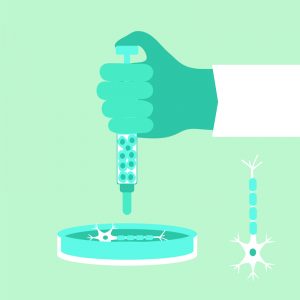 By: Matt Fischer
By: Matt Fischer
In a decision expected to cause waves through the rapidly-expanding regenerative medicine industry, a U.S. District Court Judge ruled on June 3rd that the U.S. Food and Drug Administration (FDA) is entitled to an injunction in a lawsuit filed against U.S. Stem Cell Clinic, LLC (US Stem Cell) based in Sunrise, Florida. In her decision, U.S. District Court Judge Ursula Ungaro agreed that the FDA has the authority to regulate the popular stem cell procedure known as stromal vascular fraction (SVF) – administering processed stem cells derived from adipose tissue (i.e. fat tissue) – and that US Stem Cell is not exempt from regulation.
To recap, in May 2018, the U.S. Department of Justice (DOJ) filed complaints against US Stem Cell and a California stem cell clinic seeking permanent injunctions to prevent the marketing and administration of the SVF procedures without FDA approval. Prior to the filing of these actions, both companies received warning letters from the FDA. The letters also addressed the results of inspections and the need to resolve significant deviations from manufacturing practice requirements.
In reaching the decision, Judge Ungaro went through the following analysis:
- Does the “same surgical procedure exception” apply;
- If not, is the HCT/P considered a Section 361 HCT/P;
- If not, then the HCT/P is a Section 351 HCT/P and subject to regulation as a “drug”.
In the end, Judge Ungaro concluded that SVF is a Section 351 HCT/P and granted an injunction. In order to obtain the injunction, the FDA had to demonstrate a “reasonable likelihood of further violations in the future.” Judge Ungaro found that the FDA had met its burden and cited to continuous violations and the refusal to bring the practice into conformity.
This judgment represents a significant win for the FDA. The FDA will continue to try to strike the right balance between preventing harm to the public and fostering innovation of new treatments. As for the California case, it is still ongoing. It will be interesting to see if the California case reaches the same result.
